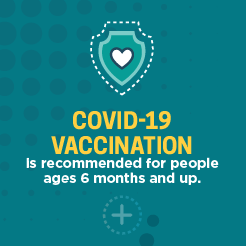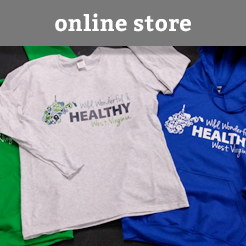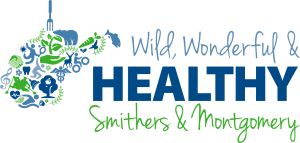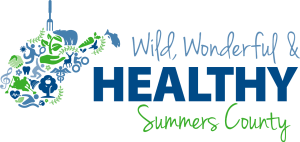Did you know roughly 33 percent or more of US residents must travel an inconvenient distance to reach the nearest supermarket or grocery store?
For folks who live in the more rural parts of the Mountain State, easy access to food or household supplies can be limited. With that said, nearly 15 percent of West Virginia households suffer from food insecurity, and one in five kids in West Virginia struggle with hunger.
And with the rising costs of fuel and groceries, accessibility to affordable good, healthy foods is becoming even more of an issue and concern for folks in our communities.
That’s why food distribution sites and pantries are critical for these areas as they provide food directly to locals who may be suffering from food insecurity.
Food distribution sites and pantries operate a huge deal on trust, and we are here to encourage donors to give what they can and remind recipients to take only as much as they need.
Aside from accessibility, what are other barriers to food equity?
Affordability, especially with the current inflation rates, can really cause headaches for individuals and families. It costs roughly $3.69 more a day per person to purchase healthy food. So, for folks who are already on a tight budget, buying healthier foods at a higher cost can sometimes be out of the question.
Which leads us to the next barrier – marketing. Over 80 percent of food marketing promotes junk food, which are oftentimes much cheaper than healthier alternatives.
The last food barrier is time. With keeping up with day-to-day life, work, children, and many other aspects of life, stopping at the grocery store for ingredients to prepare a meal at home can seem too much for the typical busy consumer. It’s estimated that 31 percent of parents feel rushed in the grocery – whether that’s because of children, scheduled events, or just the overwhelmingness that is the grocery store, time spent at the grocery store can feel like a waste.
So, how does food distribution work to eliminate these barriers?
1. Collect food and donations
Distribution sites typically will receive produce and non-perishable items from growers, wholesales, food drives, and donations. This also helps with eliminating food waste.
2. Sort and package at the food bank
Volunteers inspect, sort, package, and store food and non-perishable items.
3. Distribute produce and non-perishable items
Food pantries, food distribution sites and organizations, disperse items to those in need.
4. Give to those in need
Volunteers help relieve food insecurity for families, individuals, seniors, and children.
Where are the Kanawha County locations of the current food distribution sites?
Union Mission – Family Services
700 South Park Road
Charleston, WV – 25304
Salvation Army – Charleston
301 Tennessee Avenue
Charleston, WV – 25302
Covenant House Food Pantry
600 Shrewsbury Street
Charleston, WV – 25301
Common Grounds
6600 McCorkle Ave SE
Charleston, WV – 25304
Catholic Charities
1116 Kanawha Blvd. E
Charleston, WV – 25312
Canaan United Methodist Church Food Pantry
401 Roane Street
Charleston, WV – 25302
Campbells Creek Church of the Nazarene
543 Campbells Creek Drive
Charleston, WV – 25306
Fishers Of Men Center
847 Woodward Drive
Charleston, WV – 25387
Mountain Mission
1620 7th Avenue
Charleston, WV – 25312
Covenant House of WV
600 Shrewsbury Street
Charleston, WV – 25301
Manna Meal
1105 Quarrier St
Charleston, WV – 25301
St. Paul AME Church
1108 2nd Avenue
Charleston, WV – 25302
Hissom Inter-City Mission Spring Street Food Pantry
1305 Pennsylvania Ave
Charleston, WV – 25302
A More Excellent Way of Life Center Church
Located on 5 corners on the West Side of Charleston (open every third Saturday at noon)
Keep Your Faith Corporation
1313 Quarrier Street Charleston, WV 25301
For more information on any of these sites, please visit here.
*Sources:
USDA
WV POLICY
OUR WORLD IN DATA
A HEALTHIER AMERICA

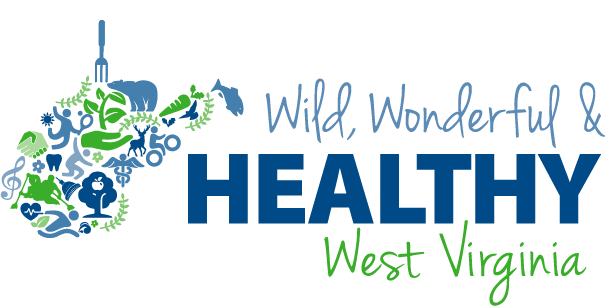 A Program of:
A Program of: